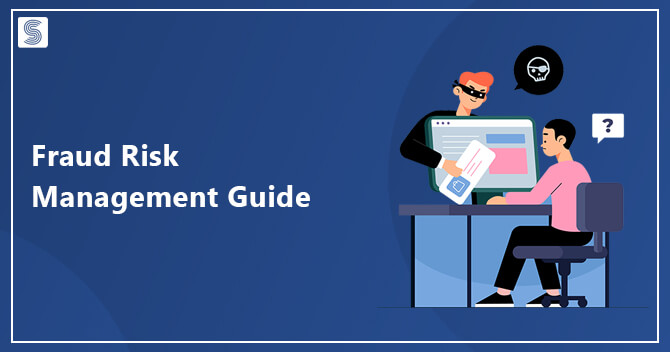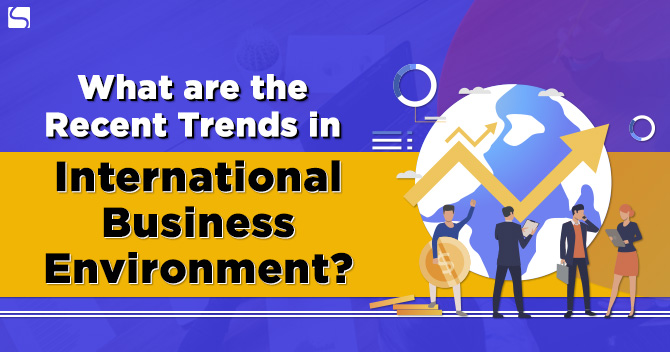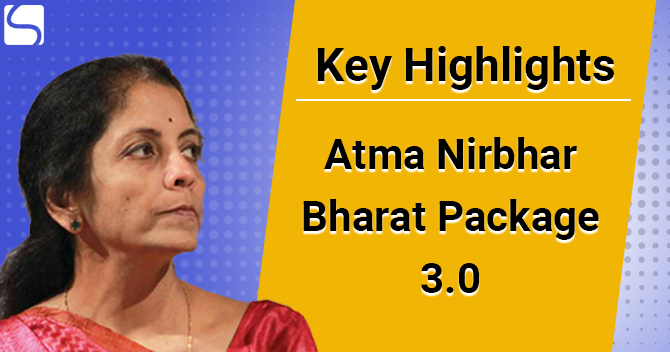Roadmap for Emerging Tech: Government Aspects

Swarit Advisors | Updated: Nov 21, 2017 | Category: News
Emergent technology in the field of Information technology (IT) & analytical service providers, which are facing the challenge of selecting the best solution for solving a client’s difficulties within the client’s constraints & necessities. In the past, choosing software tools was easy for an experienced system designer, because options were limited. Today, however, one can find several solutions to any single problem that vary in cost, flexibility, the speed of development, ease of use, robustness, and scalability. Even within SAS software, one can find multiple tools or products to achieve the same objective. However, with SAS Institute’s current forays into open architecture with SAS/Internet, App Development Studio & SAS/Integration Technologies, one find ourselves constantly researching and examining new & better ways to build software applications. For example, no one can match the strengths of SAS software with the complementary strengths of other third-party packages. To assist one select the correct tools, one will first provide a brief discussion of SAS evolution, covering SAS software’s expanding capabilities over time, the growing competition & the driving forces in today’s business & technology. Building on that foundation, one will present a methodology to help organize one’s thoughts & choose the right tools for the software & database applications [1] . Ultimately, one will attempt to reduce the decision-making process to a decision tree, one which can be added in its own branches and conclusions.
The Technology & Innovation Roadmap (TIR) [2] should consider industrial demand meeting technology supply, economic aspects & European added value/industrial basis, non-technological frame conditions. Target groups and purpose Guide flagship research towards market demands, Shape the next phases of the flagship, Inform industry to allow uptake of flagship research results, Support cross-WP collaboration.
The government is looking at forming a comprehensive strategy to encourage and adopt emerging technologies such as Semi-Closed Wallet License, Block chain, artificial intelligence (AI) and Big Data Analytics. The idea is not just to increase their usage in the official machinery but also to promote the increasing number of emerging start-ups in this space. The exercise will also look at defining possible regulatory frameworks to take care of the privacy as well as other regulatory aspects.
Officials of the ministry of electronics and IT have presented and created awareness that the government has decided to discuss a roadmap for these technologies. Some of the recommendations in the presentation include forming expert groups or committee to study the potential and the possible use cases. The indication is to work on the roadmap on how to make sure that one has the requisite competency and capability so that one is able to exploit the opportunities. However, there is already a policy in place for the Internet of Things (IoT), along with a Centre of Excellence. On AI, there has been a task force which has been constituted on how it can be more effectively used. However, in the past, the government has followed a similar strategy for emerging technologies such as cloud, mobile, social media, etc. Every time a new technology comes, one does look at it and try to figure out how you will leverage it, but the change of technology has become much faster now.
Technologies such as Block chain, which are already being tested by some banks in India, could be deployed by the government for creating fool-proof land records which are not only digital and correct but also prevent multiple sale or unauthorized access. Block chain is a continuously growing list of records called blocks which are linked and secured. When deployed, it can serve as an open, distributed ledger that can record transactions between two parties in a verifiable and permanent way. The proposed working group on Block chain, apart from suggesting large-scale use case in the government, will also promote research & application development along with promoting start-ups in this space. It will also study the policy implications such as privacy and the need for any legal amendments. As far as Big Data Analytics is concerned, IDC forecasts worldwide revenues for big data analytics (BDA) to reach $150.8 billion in 2017, up 12.4% over 2016. India’s share is less than 1%. The recommendations include taking proactive measures to make India a big player in Big Data Analytics, set up a committee to study the scope of the technology trend & take inventiveness to encourage digital skilling & agitate out more data scientists, said another government official privy to the discussions.
A comprehensive national big data repository framework is needed for storage, analysis, interpretation, archiving, sharing and distribution of data, said the person. Thus, the ministry has already sponsored a project for client analytics in banking sector post which a statistical & machine learning algorithmic model was developed to predict the probability of loan default. India, which previously has one of the major users of the Internet, is expected to generate huge amounts of data, which is analyzed can be put into actionable intelligence. The skilled body set up by the ministry of AI is expected to advise on the most appropriate technologies for India. AI can have several applications in healthcare, law, railways, etc. However, it recommended planning government projects for deploying AI along with understanding ethical, legal and societal implications of AI.
Innovation road mapping for Emerging Technologies
- Backing and commitment of project coordination and funding agencies (scientists might have other priorities than engaging in innovation and road mapping)
- Use Roadmap as one information source affecting further funding and clearly communicate this role
- Set up interdisciplinary road mapping team combining science, engineering, economic and societal perspectives & methodological experience
- Interact intensively with scientific work and researchers, feedback information thereby creating commitment
- Use approach that is as transparent as possible to create broad acceptance in the project (e.g. through feedback loop and offers for involvement)
- Expose researchers to industry expectations, challenge scientific excellence with needs and demand of industry and users: workshops
- Implement application driven way of thinking (market pull) Implement application driven way of thinking (market pull)
- Include market research
- Take into account European perspective, i.e. Industrial basis and beneficiaries of developments to enable European added value
- Take ecosystem perspective: there is no standalone, single actor mode of innovation
- Be hard in methodologies.
Also, Read:What is Risk of Digitization in Business














